5. Open Water (2003)
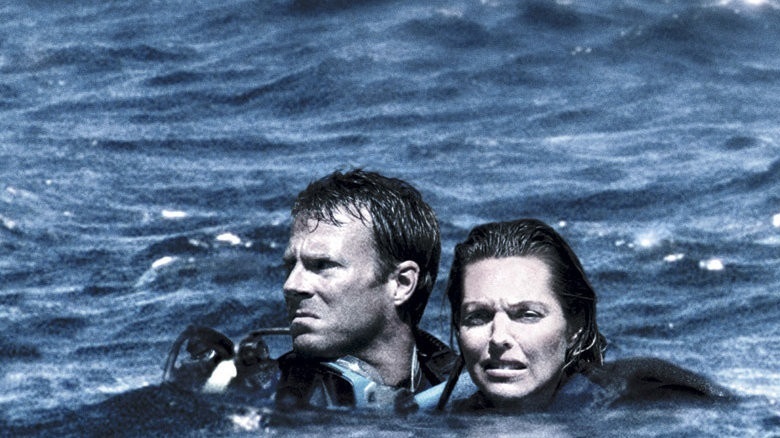
“Open Water” from 2003 tells the story of an American couple who embark on a vacation to the Caribbean and never return home. When the couple heads out for a scuba diving excursion in shark-infested waters with about 20 other people and a boat crew, they never in their wildest dreams imagine that a miscount of the divers would leave them stranded in the ocean alone. Unfortunately, that’s exactly what happens.
After the couple is left behind, they tread water and wait for the boat and its crew to arrive, which doesn’t happen until it’s too late. The boyfriend is torn apart by sharks, leaving the woman alone to decide her fate for herself: death by sharks or drowning.
This film is based on a real couple’s experience at sea, and as far as we know, that couple really died from their abandonment in too-dangerous waters, but the plot thickens with the knowledge of the real-world event because we don’t really know what happened to them at all.
Eileen and Tom Lonergan disappeared at sea in 1998 after being unintentionally abandoned by their guides, leaving behind their wetsuits, dive jackets, air tanks, and a diving slate with the message, “January 26, 1998; 8:00am; PLEASE HELP US OR WE WILL DIE.” Everything points to death at sea, but it’s curious to investigators how the couple could have been torn apart by sharks if their suits washed up on shore without any teeth marks or blood on them at all. Due to this discrepancy, many think the actual fate of the Lonergans was different from what “Open Water” depicts.
Unlike the experience of the Lonergans, “Open Water” features the Caribbean islands and Atlantic Ocean, while the fated couple chose their trip to be in the south Pacific Ocean near Australia. As far as the overall reality of “Open Water” goes, it’s speculative, but director Chris Kentis clearly researched the facts to make educated assumptions for the film, so the details in their being left behind are true.
What’s more, the film was financed by a writer/director couple who are avid scuba divers. This couple felt strongly about the curious story of the lost Lonergans and wanted to tell it publicly to make sure it doesn’t happen to anyone else.
Once again, the real-world possibilities and events played out in this film are what make it so utterly disturbing. We may never know what really happened to Tom and Eileen Lonergan, but the suspense and terror depicted in the film must have been real.
4. The Mothman Prophecies (2002)
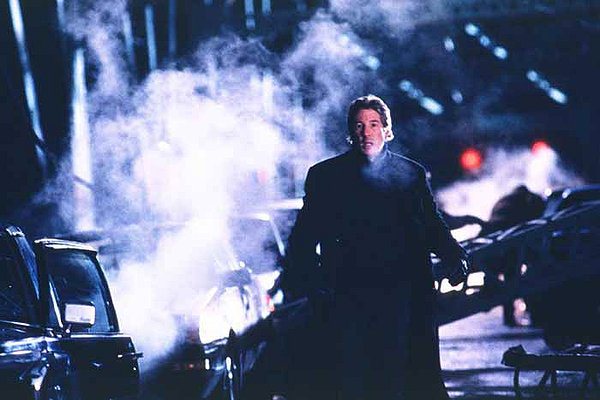
The collective unconscious is something pondered by many ever since it was theorized by Carl Jung in the 1920s. Basically, Jung coined the phrase to account for those archetypal figures and energies that exist ubiquitously throughout world cultures and that come to mind easily in dream. He posited that such symbols actually live in our unconscious minds and help us make sense of our experiences. Symbols that support this concept include the white dove, the Mother figure, and the Tree of Life, among many others.
The collective unconscious might be an explanation for what happened to residents of Point Pleasant, West Virginia in the late 1960s and what came to term thereafter. In sum, over 200 separate appearances of a terrifying creature and the increase of animal mutilations in the area seem to have somewhat predicted an upcoming disaster. News reporter John Keel famously moved to Point Pleasant to investigate the occurrences of collective hallucinations of what was being described as “the Mothman” before being drawn into the experience even deeper by mysterious phone calls with voices making weird prophecies.
Eventually, Keel heard an ominous prediction from the voices regarding the president and a black-out, so he left Point Pleasant to return to his Manhattan home. While he awaited the black-out, watching the news fastidiously, he saw that a bridge on the Ohio River had collapsed, killing almost 50 people. And its location? In the point that connects Gallipolis, OH and POINT PLEASANT, WV.
Keel became convinced that Point Pleasant was a hotbed (a so-called “vortex”) of supernatural activity, which he later attributed to aliens and UFO. He published what happened to him and Point Pleasant, along with his theories, in a book of nonfiction titled “The Mothman Prophecies” (1975), which was highly scrutinized by the press. Regardless, Keel’s book and the related events stand as the inspiration for a film in 2002 by the same name.
The film version of “The Mothman Prophecies” – under direction by Mark Pellington & starring Richard Gere and Laura Linney – represents these stories with truly eerie finesse. From inside of Point Pleasant, Pellington uses Gere and Linney to show us the hallucinations, the investigation, the phone calls, and the bridge collapse. He dangles clues in front of us as to what actually happened, but his speculations remain fictional for most. According to Keel, though, Pellington’s film is not that far from the truth at all. What do you believe?
3. The Town That Dreaded Sundown (1976 & 2014)
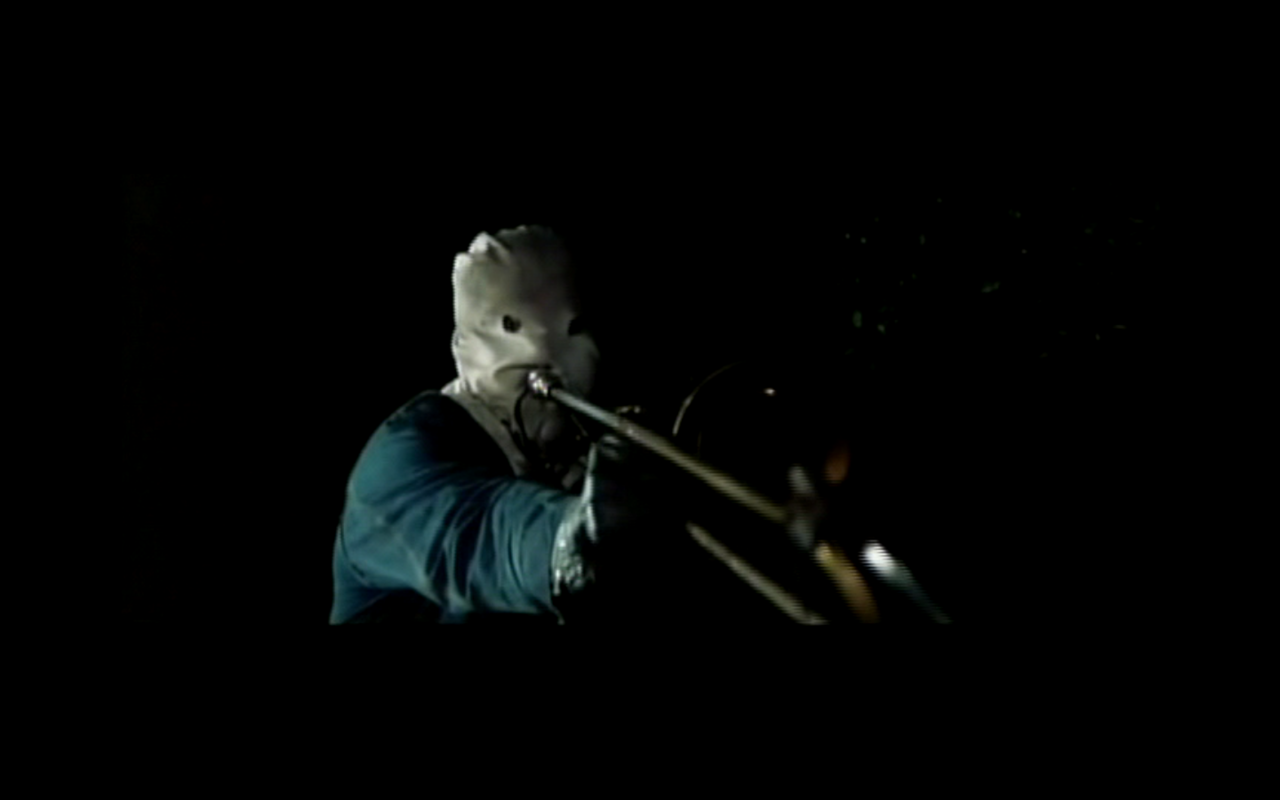
Uncaught serial killers pose as a timeless threat in the world of horror. Fictionally, they’re manageable, but sometimes, it’s a real-world murderer who never gets caught. That actual, physical, lived threat is timeless as well because never catching the killer means the spree could continue again without warning (assuming the killer’s still alive, and even if they’re dead, a copycat killer could pop up in their place). The two films titled “The Town That Dreaded Sundown” from 1976 and 2014 demonstrate the endurance of such fears.
In the film and reality, the small border town between Arkansas and Texas called Texarkana can’t shake its serial killer. In 1946, a murderer only known as The Phantom attacked eight people, leaving five dead.
The 1976 film directed by Charles B. Pierce depicts this initial story. In this first film, a small American town trying to build itself up after World War II instead finds internal strife with the now-infamous, undeniably-wicked killer who seems to target young couples. In the 2014 film by Alfonso Gomez-Rejon, The Phantom returns in more of a meta-sequel than a remake to make the town remember an alleged “forgotten” victim.
While the 2014 film speculates that a Police Officer was responsible for the original killings, no one really knows what inspired the killings in 1946, nor does anyone know the identity of the person who could have enacted them.
Some have their theories, but there are still no firm answers, and that’s part of what’s so terrifying about “The Town That Dreaded Sundown.” At least the sequel remains fictional! The facts of the actual killings are admittedly less sensational than they’re depicted in the 1976 original film, but the film still makes things feel real enough to have anyone’s skin crawling.
2. The Amityville Horror (1979 & 2005)
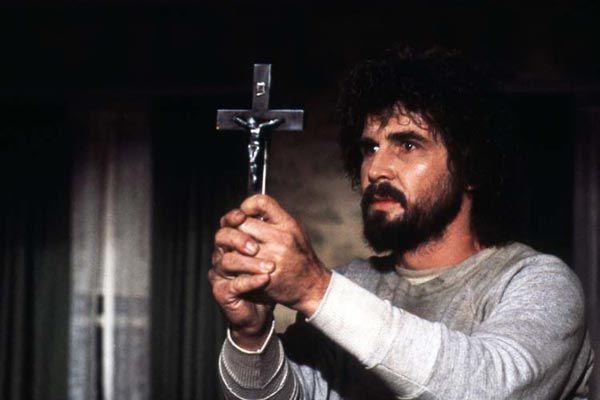
The “Amityville Horror” is a story that’s shaken many viewers and readers since its spread through popular culture began. The events that happened from 1974 to 1976 have since become the subject of over 15 films since the release of Jay Anson’s 1977 book that increased its notoriety.
What everyone wants to know is: did an ancient, malicious spirit really make Ronald DeFeo, Jr. kill six members of his family in Amityville, NY, or was he just unstable and murderous? And did that horrific incidence add further supernatural trauma to the house, making the next people who moved in leave in less than a month? We have so many more questions than answers.
After the events in 1974 came to pass, Jay Anson’s book based on the occurrence is what really gave it the boost it needed to break into popular culture, and now “The Amityville Horror” is one of the most well-known haunting stories in American history.
What apparently happened was that a house was built on top of a Native American burial site, and a twisted man named John or Jeremiah Ketchum viciously killed additional indigenous peoples within its walls (the actual history on this Ketchum figure is questionable). Ketchum’s Satanic leanings apparently allowed him to manifest as a spirit in the house with the intention of earning more and more souls with time. Cue the DeFeo murders.
When Ronald DeFeo, Jr. killed six members of his family (his parents and four siblings) in 1974, his reasoning that voices made him do it was relatively accepted. He was charged with second-degree murder, and he lives out his prison sentence still. One year after the murders, the Lutz family moved in, and in less than a month, they had moved out, making DeFeo’s story only more believable. Was it actually spirits at work in the house? Or is Jay Anson’s book solely speculative to assume so?
To this day, the Lutz family denies that they saw any human shapes, flying objects, moving couches, or ghosts. They say they never heard any wailing sounds, but they did leave “because of our concern for our own personal safety as a family” with hardly any of their personal possessions after only 28 days in the house. That seems to be telling, and Anson thought so, too. Some psychologists think the whole thing is already virtually debunked, as DeFeo clearly killed his family and lied to cover it up.
Furthermore, current residents of the house have no complaints about spirits or disturbances whatsoever. Still, it’s not quite so simple for many, and even the infamous paranormal investigators Ed and Lorraine Warren arrived at the house at one point to try and help figure out what was going on. Still, no firm answers surface regarding this perplexing story, yet it lives on and continues to give viewers, readers, and enthusiasts the creeps.
1. Most of the Ed & Lorraine Warren case files made into Films (i.e.—The Conjuring, The Conjuring 2, Annabelle, Annabelle: Creation, The Haunting in Connecticut & The Haunted)
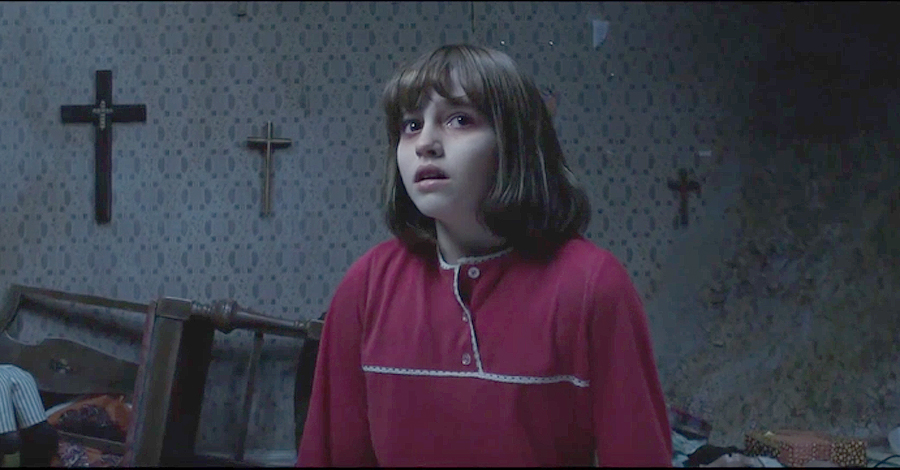
Ed and Lorraine Warren are somewhat of a power couple when it comes to the supernatural. This real-world couple spent years investigating paranormal phenomenon together up until Ed’s death in 2006.
Now, their stories captivate audiences of all kinds through the creations of directors James Wan, John Leonetti, David Sandberg, Peter Cornwell, Robert Mandel, and more. Films like “The Conjuring” (2013), “The Conjuring 2” (2016), “Annabelle” (2014), “Annabelle: Creation” (2017), “The Haunting in Connecticut” (2009), and “The Haunted” (1991) are all supposedly based on the Warrens’ investigations, and the stories aren’t for the faint of heart…mostly because they’ve actually happened.
In these films, Ed and Lorraine Warren are most often played by Patrick Wilson and Vera Farmiga, respectively, and the real-life couples’ stories serve as loose foundations for the films’ plots.
In “The Conjuring” films, these characters are very present, actively searching for leads on a haunting in America of the Perron family and then in “Conjuring 2,” with a haunting in England of the Hodgson family. While Ed and Lorraine make no actual appearance in “Annabelle” or “Annabelle: Creation,” the stories for both films come from their files, and hints of their work with a haunted doll come through in several of their other James Wan films.
As for “The Haunting in Connecticut,” Ed and Lorraine Warren once again make no physical appearance, but the information provided in the film is theirs. Many of the details come from their case files, specifically from an investigation they performed in 1986.
For example, their knowledge of demons and possession is present throughout, and that 1986 case involved a similar house that was “rotten with demons” because it was a former funeral home. Essentially, the Warrens’ first-hand experience validates several main plot points in this film.
In 1991, Lorraine and Ed Warren (this time played by Diane Baker and Stephen Markle, respectively) make their appearance in “The Haunted,” a made-for-TV film about the Smurl family, whose new home is anything but pleasant. In every film that these characters appear, a good amount of fact is spattered with fiction; teasing out the facts of each film is a challenge, but the nuggets of truth that exist are utterly world-shattering.
Due to the sheer extent of their paranormal research and investigative work, the Warrens will surely leave a mark on horror for the rest of time, and their cinematic representation is certainly far from over.